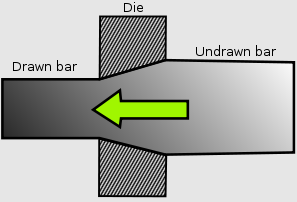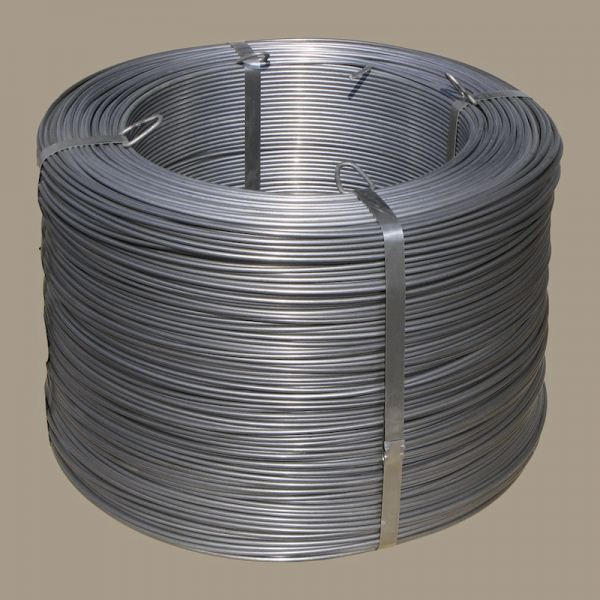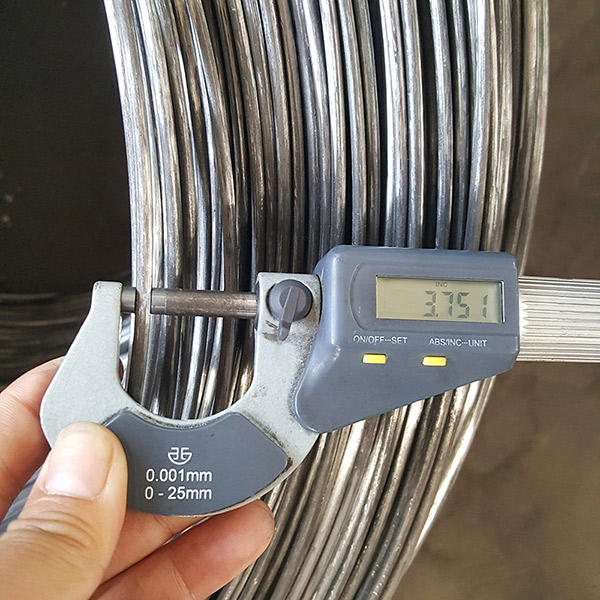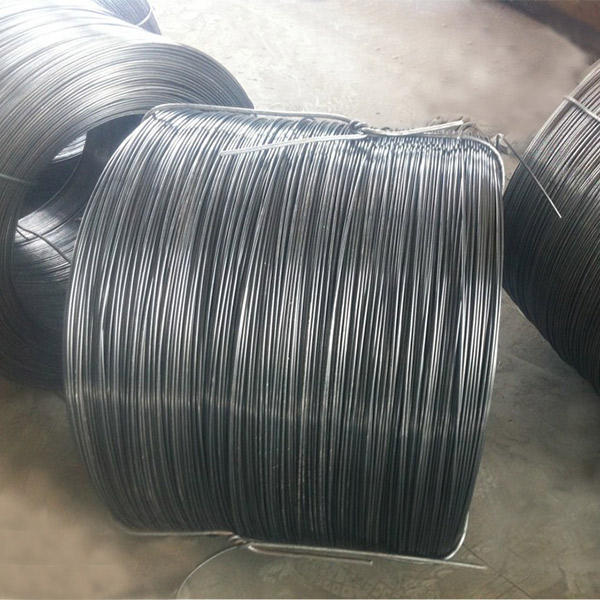ỌjaAKOSO
OGUN IRIN TUTU TUTU
Cold drawn steel can be found in many consumer products that we use on a daily basis, as it has the physical and appealing characteristics that make it useful for many products. We’ve answered some common questions asked when it comes to cold drawn steel, also known as cold finished steel.
Kí ni Tutu Fa Irin?
Irin ti o fa gba kọja lẹsẹsẹ awọn ku lati ṣaṣeyọri apẹrẹ ti o fẹ ni a mọ bi irin ti a fa. Awọn ku waye iye awọn titẹ pato pẹlu iranlọwọ ti ẹrọ titẹ, ati pe ọja ibẹrẹ irin ni igbagbogbo ni lati kọja nipasẹ iku tabi lẹsẹsẹ ti ku diẹ sii ju ẹẹkan lọ. Tutu tọka si irin iyaworan ti a ṣelọpọ ni iwọn otutu yara, eyiti o nilo titẹ ni afikun lati ṣe apẹrẹ irin, ṣugbọn fun irin ni awọn agbara afikun ati irisi ẹwa oju.

What’s the Cold Drawn Steel Process?
Initially, a steel manufacturer starts with a starting stock of steel product – either hot rolled straight bars or hot rolled steel coils - that is brought down to room temperature. Regardless if the end product is bar, tube or wire, the undrawn steel product is drawn through a die, which stretches the starting stock into the desired shape and size. This is done with the help of a grip that attaches to the steel stock and pulls the steel through the die. To the naked eye, the steel does not change much in shape through a single pass through the die, and usually takes multiple passes before it takes on the desired end shape.
Awọn wọnyi ni awọn anfani ti Tutu Fa Irin Waya
· More accurate dimensional size tolerances.
· Increased Mechanical Properties, higher yield strengths, tensile strength and hardness.
· Improved Surface Finish, reduces surface machining and improves quality.
· Allows for higher machining feed rates.
· Superior Formability, responds better to spheroidization
· Maximizes machinability, thereby reducing yield loss.








